From ancient times, people have been using flowers. For example, to increase the beauty of any festival or program we use flowers. There is a very high demand for flowers in the preparation of medicines. Flowers are found in many colors. Flowers are cultivated all over the world. In India, the cultivation of flowers is very high.
Sanskrit, an ancient Indo-Aryan language, is not only a means of communication but also a conduit for cultural expression and spiritual symbolism. It holds a profound connection with nature, evident in its rich vocabulary for flora and fauna. In Hindu culture, flowers are imbued with deep symbolism and play a central role in religious ceremonies, rituals, and everyday life. We explore the names of flowers in Sanskrit, unveiling the linguistic beauty that intertwines with the floral world.
Children should also be informed of the various names of flowers in Sanskrit and English as they are often asked about them in school or any exam. Therefore, children need to get information about them. Through this article, we will find information about different flower names in Sanskrit and English with Pictures.
Here is the table of different flower names in Sanskrit and English, So you can identify these flowers easily.
Flowers Name in Sanskrit With Pictures
| No. | Images | English Names | Sanskrit Names |
|---|---|---|---|
| 1 |  | Rose | गुलाबः |
| 2 | 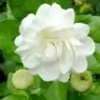 | Jasmine | चमेली |
| 3 | 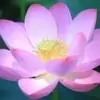 | Lotus | कमल |
| 4 |  | Daisy | गुलबहारः |
| 5 |  | Sunflower | सूरजमुखी |
| 6 | 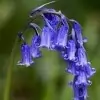 | Bluebell Flower | नीला फूल |
| 7 | 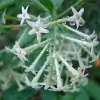 | Tuberose Flower | क न्ध |
| 8 |  | Plumeria | प्लोमेरिया |
| 9 |  | Anemone Flower | रत्नज्योति पुष्प |
| 10 | 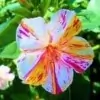 | Mirabilis Jalapa | मिराबिली जालपा |
| 11 | 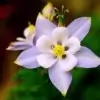 | Columbine Flower | कालं गण पुष्प |
| 12 | 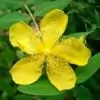 | Hypericum Flower | योनिपेरिकम् फूलः |
| 13 | 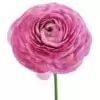 | Ranunculus Flower | रणक्यलस पुष्प |
| 14 | 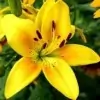 | Asiatic Lily | एशियाई लिली |
| 15 | 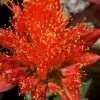 | Blood Lily | रक्तली लि |
| 16 | 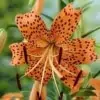 | Orange Tiger Lily | नारंगी बाघली |
| 17 | 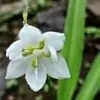 | Monsoon lily | सफ़ेद मुस्ली |
| 18 | 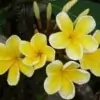 | Golden Frangipani | सोन चम्पा |
| 19 | 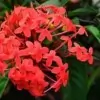 | Ashok Flower | सीता अशोक |
| 20 | 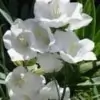 | Siroi Lily | सियरो कुमुदिनी |
| 21 | 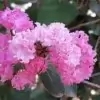 | Common Crape Myrtle | सावनी |
| 22 | 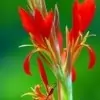 | Canna Lily | सर्वज्जय |
| 23 | 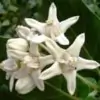 | Crown | सफ़ैद आक |
| 24 | 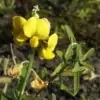 | Showy Rattlepod | सन्नी |
| 25 | 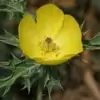 | Mexican Prickly Poppy | सत्यानाशी |
| 26 | 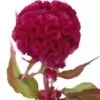 | Cockscomb | लाल मुर्गा |
| 27 | 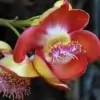 | Rohira | रोहेड़ा ॥ |
| 28 | 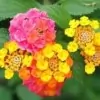 | Common Lantana | राईनिया |
| 29 | 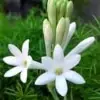 | Mexican Tuberose | रजनीगन्धा |
| 30 | 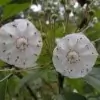 | Mountain Laurel | जनेन लॉरेल |
| 31 | 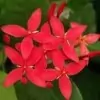 | Ixora Coccinea | रुग्मिनी |
| 32 | 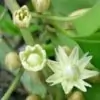 | Spanish Cherry | मौलश्री का पुष्प |
| 33 | 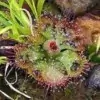 | Burmann’s Sundew | मुखजली |
| 34 | 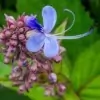 | Blue Fountain Bush | भरंगी |
| 35 | 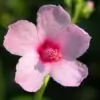 | Burr Mallow | बिचता |
| 36 | 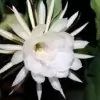 | Brahma Kamal | ब्रह्मकमल |
| 37 | 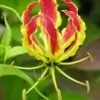 | Glory Lily | एकनाग इति |
| 38 | 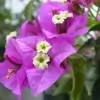 | Bougainvillea | बूगनः |
| 39 | 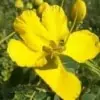 | Tanner’s Cassia | तरवड़ इति |
| 40 |  | Picotee Blue Morning Glory | पाकटोटी धारणं ग्लोरी |
| 41 | 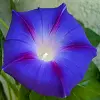 | Blue Morning Glory | प्रातः श्री |
| 42 | 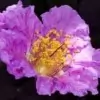 | Queen Crape Myrtle | जरुल |
| 43 | 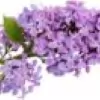 | Lilac | बकिन |
| 44 | 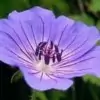 | Indigo Flower | नीलपुष्पम् |
| 45 | 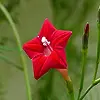 | Star Glory | कामलता फूल |
| 46 | 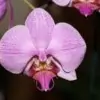 | Orchid | ऑडिडः |
| 47 | 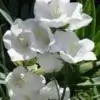 | Millingtonia Hortensis | नीम चमेली |
| 48 |  | Zombi Pea | युद्ध मूंग |
| 49 | 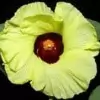 | Indian Tulip | पारस पी पश्य |
| 50 | 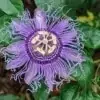 | Purple Passion | वलमका लता |
| 51 | 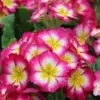 | Primrose | बसन्ती कोषः |
| 52 | 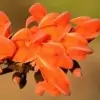 | Butea Monosperma | पलाशः फुलः |
| 53 | 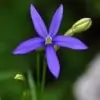 | Bluestar Flower | यज्ञिया |
| 54 | 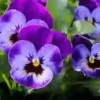 | Pansy | बनफफूल |
| 55 | 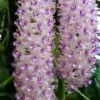 | Foxtail Orchid | द्रौपदी माला |
| 56 |  | Lady’s slipper orchid | देहि पाद |
| 57 | 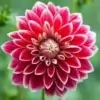 | Dahlia | डेह लिया ॥ |
| 58 | 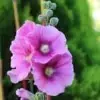 | Hollyhock | गुलैखरा |
| 59 | 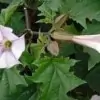 | Stramonium | सफ़ेद धतुरा |
| 60 | 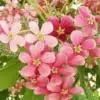 | Creeper | मधु मालती |
| 61 |  | Prickly Pear | नागफनी |
| 62 | 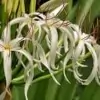 | Grand Crinum Lily | नागदमनी |
| 63 | 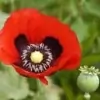 | Poppy Flower | खसखसः |
| 64 | 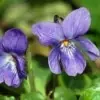 | Sweet Violet | बनफशा का फूल |
| 65 | 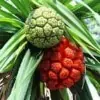 | Pandanus | केवड़ा |
| 66 | 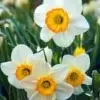 | Narcissus | नर्गिसः |
| 67 | 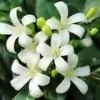 | Murraya | कामिनी |
| 68 | 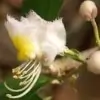 | Hiptage | माधवी पुष्प |
| 69 | 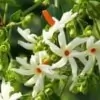 | Night Flowering Jasmine | हरसिंगर इति |
| 70 | 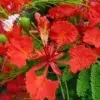 | Delonix Regia | गुलमोहर इति |
| 71 | 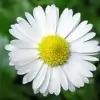 | Chamomile | बबुने का फुल |
| 72 | 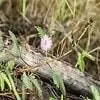 | Shameplant | छूमूईई |
| 73 | 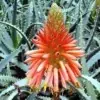 | Aloe Vera Flower | घृत कुमारी |
| 74 |  | Blue Water Lily | नीलकमल |
| 75 |  | Puncture Vine | गोरू |
| 76 | 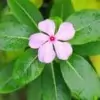 | Periwinkle | सदासहारः |
| 77 | 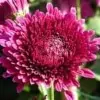 | Chandramallika | चन्द्रमल्लिका |
| 78 | 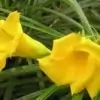 | Yellow Oleander | पीला कनेर |
| 79 | 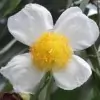 | Cobra Saffron | नाग चम्पा |
| 80 | 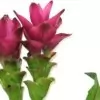 | Black Turmeric | काली हल्दी |
| 81 | 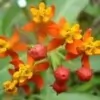 | Scarlet Milkweed | काकतुण्डी |
| 82 |  | Daisy | गुलबहार का फूल |
| 83 | 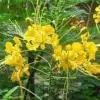 | Peacock Flower | गुलेतुरा फूल |
| 84 | 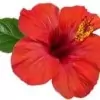 | Hibiscus | गुड़हल का फूल |
| 85 | 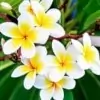 | White Frangipani | गुलैन्ची |
| 86 | 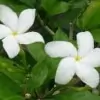 | Crape Jasmine | चानींद पुष्प |
| 87 |  | Jasminum Sambac | तोरा |
| 88 | 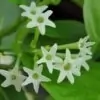 | Night Blooming Jasmine | रात की रानी |
| 89 | 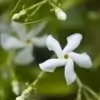 | Star Jasmine | कुण्ड पुष्प |
| 90 | 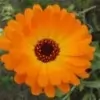 | Pot Marigold | गुले अशर्फ़ी |
| 91 |  | Yellow Marigold | गेंदे का फूल |
| 92 | 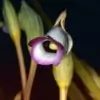 | Forest Ghost | आँकुरी बाँ कुरी |
| 93 | 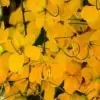 | Golden Shower | अमलतासः |
| 94 | 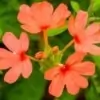 | Crossandra | अबोली |
| 95 | 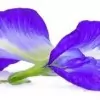 | Butterfly Pea | अपराजिता |
| 96 |  | Flax | पटसन |
| 97 | 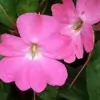 | Balsam | गुल मेहँदी |
| 98 |  | Lavender | लैवेरेण् |
| 99 | 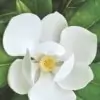 | Magnolia | चम्पा |
| 100 | 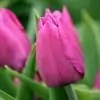 | Tulip | कन्द पुष्प |
Flowers with Mythological Significance
1. Parijat (Paarijata – पारिजात)
Paarijata, or the night-flowering jasmine, is steeped in mythology. It is believed to have been brought to earth by Lord Krishna from the heavens. The flower symbolizes eternal love and devotion.
2. Champa (Champa – चम्पा)
Champa, also known as the Frangipani flower, holds a special place in Hindu mythology. It is considered sacred and is often used in the worship of Lord Vishnu and Lord Shiva.
3. Kadamba (Kadamba – कदम्ब)
The Kadamba tree and its flowers are associated with Lord Krishna. It is said that he used to play his flute under this tree, making it a symbol of love and joy.
Medicinal Flowers and Their Sanskrit Names
1. Tulsi (Tulasi – तुलसी)
Tulasi, or the holy basil, is not just a sacred plant but also a powerful medicinal herb. It is revered in Hindu households and is known for its numerous health benefits, including boosting immunity and fighting infections.
2. Neem (Nimba – निम्ब)
The Nimba tree, or neem, is another plant with immense medicinal value. Its flowers, leaves, and bark are used in various Ayurvedic treatments for their antibacterial and anti-inflammatory properties.
3. Clitoria Ternatea (Aparajita – अपराजिता)
Known as Aparajita in Sanskrit, this flower is used in traditional medicine to treat various ailments. It is also used in rituals and is believed to have spiritual significance.
Also Check:
Conclusion
The significance of flowers in Sanskrit extends a deep-rooted cultural and spiritual connection. Through their Sanskrit names, flowers transcend their physical form and become vessels of symbolism, enriching religious rituals and everyday life. The beauty of Sanskrit lies not only in its linguistic elegance but also in its ability to encapsulate the essence of nature in words.
